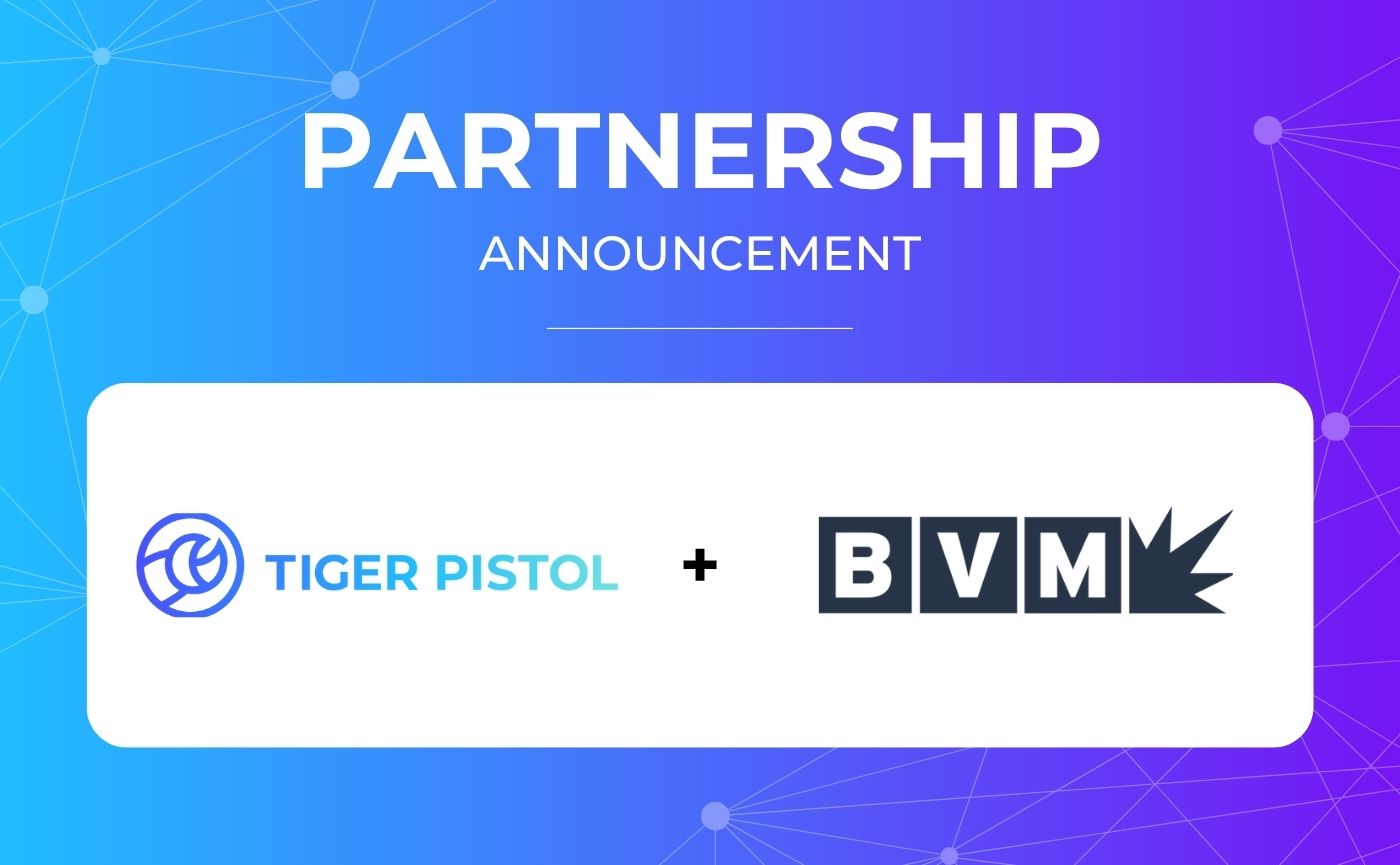The 2026 Local Advertising Planning Guide for QSR Brands
How AI and Automation Are Redefining Local Advertising for QSR Brands in 2026
Every QSR marketer knows the tension. Margins are thin, competition is constant, and diners have become choosier about where they spend their money. Nearly seven in ten franchisees say rising costs and inflation are now their top business challenges. The concern has always been execution. How do you reach diners locally when creative production bottlenecks grow, and how do you empower franchisees without losing brand consistency?
That calculation is changing fast.
Fast food is winning again. QSR preference jumped from 16% to 27% in just one year as diners choose value, speed, and proximity over formality. Diners are hunting for deals. Sixty-two percent say limited-time offers motivate them to visit, and forty-eight percent participate in loyalty programs. The opportunity is real.
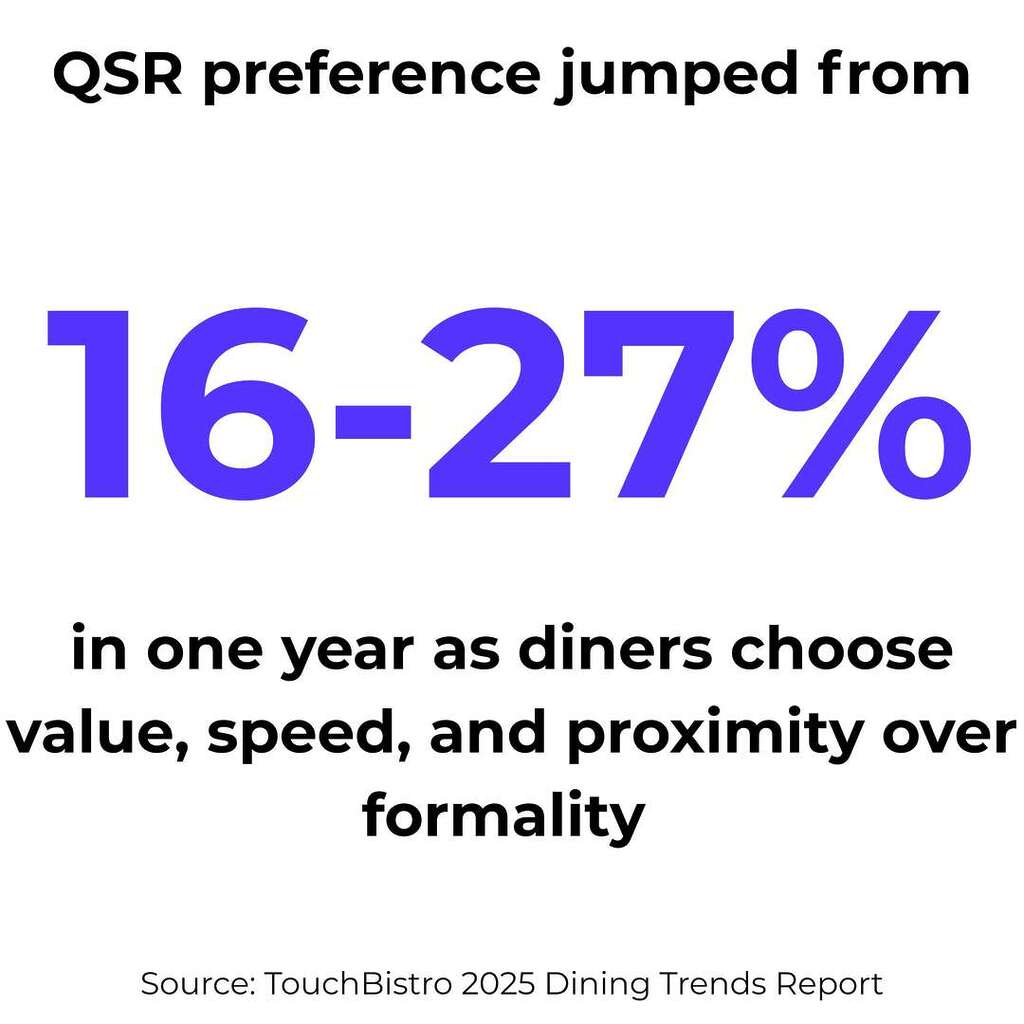
Understanding this shift and executing locally at scale are different problems. QSR brands wrestle with creative bottlenecks and approval workflows. Franchisees are operators first, marketers by necessity rather than training. The owner running a restaurant needs campaigns that launch quickly, stay on-brand, and require zero expertise to deploy.
That system now exists, eliminating the friction that kept local advertising theoretical. Platforms have been automating local ad deployment for years. What AI has done is remove the final barrier: truly localized creative at scale. Now the technology supercharges everything that came before, from unified performance data to campaign launch velocity, with creative that finally matches the promise of local relevance.
The Platform Shift Has Already Happened
Diners no longer wait for ads to find them. They seek out what they want in the moment. That moment happens on Facebook, Instagram, and TikTok, which are visual, mobile, and driven by algorithms that prioritize relevance over reach.
For QSR marketers, the question is how to advertise locally, consistently, and at scale. The brands that win recognize that social platforms are modern storefronts. When a diner opens TikTok, they’re deciding what to eat next.
QSR brands need a strategy that reflects where customer decisions actually happen. Diners respond to ads that feel near them, are priced for them, and are timed for their lives. Value for the money and a convenient location now rank among the top three reasons diners choose a restaurant.
Many brands still launch broad campaigns from the brand page, missing the opportunity to connect locally. Local campaigns published from franchisee-owned accounts carry more weight. They feel like a recommendation. They build community credibility.
Wendy’s used Tiger Pistol to enable TikTok campaigns launched directly from local accounts, achieving a 64% lower cost than TikTok benchmarks and reaching 78% of users under age 35. Ben & Jerry’s drove a 4× return on ad spend with location-targeted coupon campaigns. Diners confirm the change: 67% of Gen Z and 57% of Millennials say social media influences where they eat.
Gen AI creative studios now transform one product shot into hundreds of locally relevant variations. Backgrounds, text overlays, and visual treatments adapt automatically. Brand integrity holds while the creative reflects the local context. A burger image becomes dozens of unique ads optimized for different dayparts and demographics.
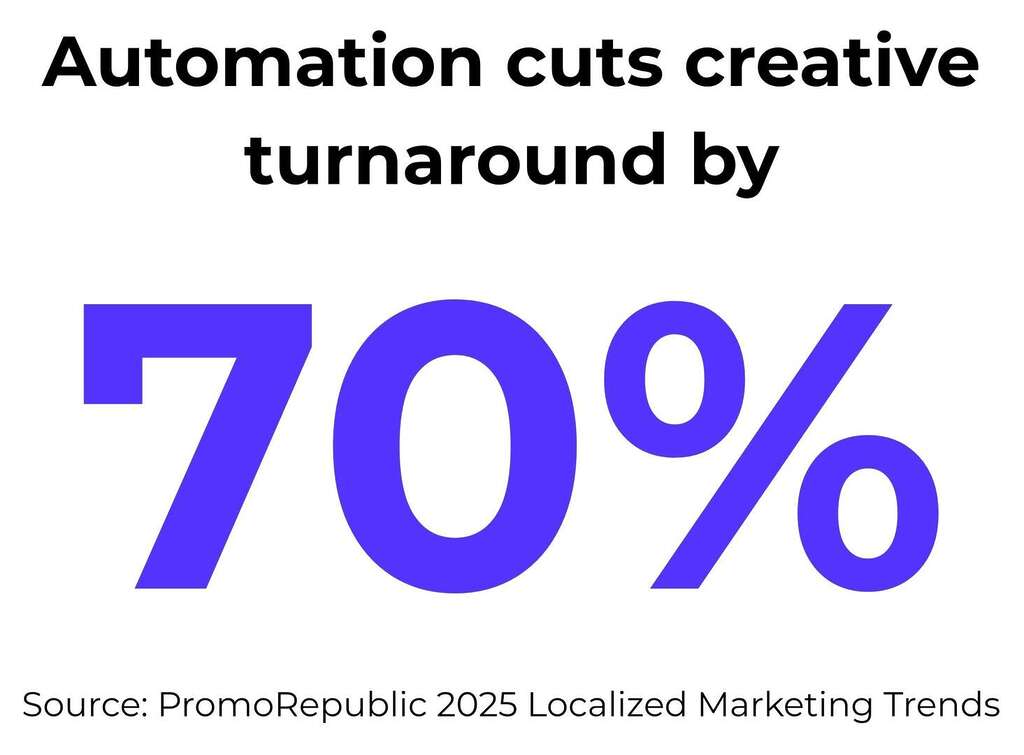
From Tension to Scale
Scaling local advertising once meant choosing your constraint. Give franchisees creative freedom and risk inconsistency. Centralize execution and bottleneck speed. Either way, growth stayed limited.
AI automation collapses that trade-off. Modern QSR marketing blends precision with participation. Campaigns launch in minutes. Creative integrity holds while AI adapts images, copy, and calls to action for every location. Franchisees log into one platform, choose a template, personalize their store name or offer, and publish instantly across Facebook, Instagram, TikTok, and Google. Behind the interface, AI handles targeting, optimization, and spend.
PromoRepublic’s 2025 Localized Marketing Trends report showed automation cut creative turnaround by 70%. AdPlenty’s Franchise Local Marketing Trends 2025 found franchisee participation jumped 60% once campaigns became point-and-click. Leading Tiger Pistol clients see the same pattern: when participation simplifies, adoption surges.
Franchisees have been avoiding complexity, seeking the easiest path to action. Remove that barrier, and they show up. What follows is brand-controlled scale built on local pride.
The Infrastructure That Changed the Game
Next-generation QSR marketing platforms do more than distribute ads. They build alignment.
AI-powered solutions automate the full campaign lifecycle, from creative generation and targeting to spend optimization, within a framework that protects brand standards. AI creative engines convert static assets into localized media that reflect both brand identity and market relevance. One set of seasonal images becomes hundreds of ready-to-deploy ads that adapt by geography and audience.
Every process reinforces three pillars: ease of use, speed, and safety. Franchisees deploy campaigns with no marketing background. What once took days now takes minutes. Every ad stays brand-approved, automatically compliant, and fully trackable.
“The power of automation is that it transforms intent into action,” said Sarah Cucchiara, VP of Client Success at Tiger Pistol. “Franchisees want to participate. They just need a system that makes it effortless to do so.”
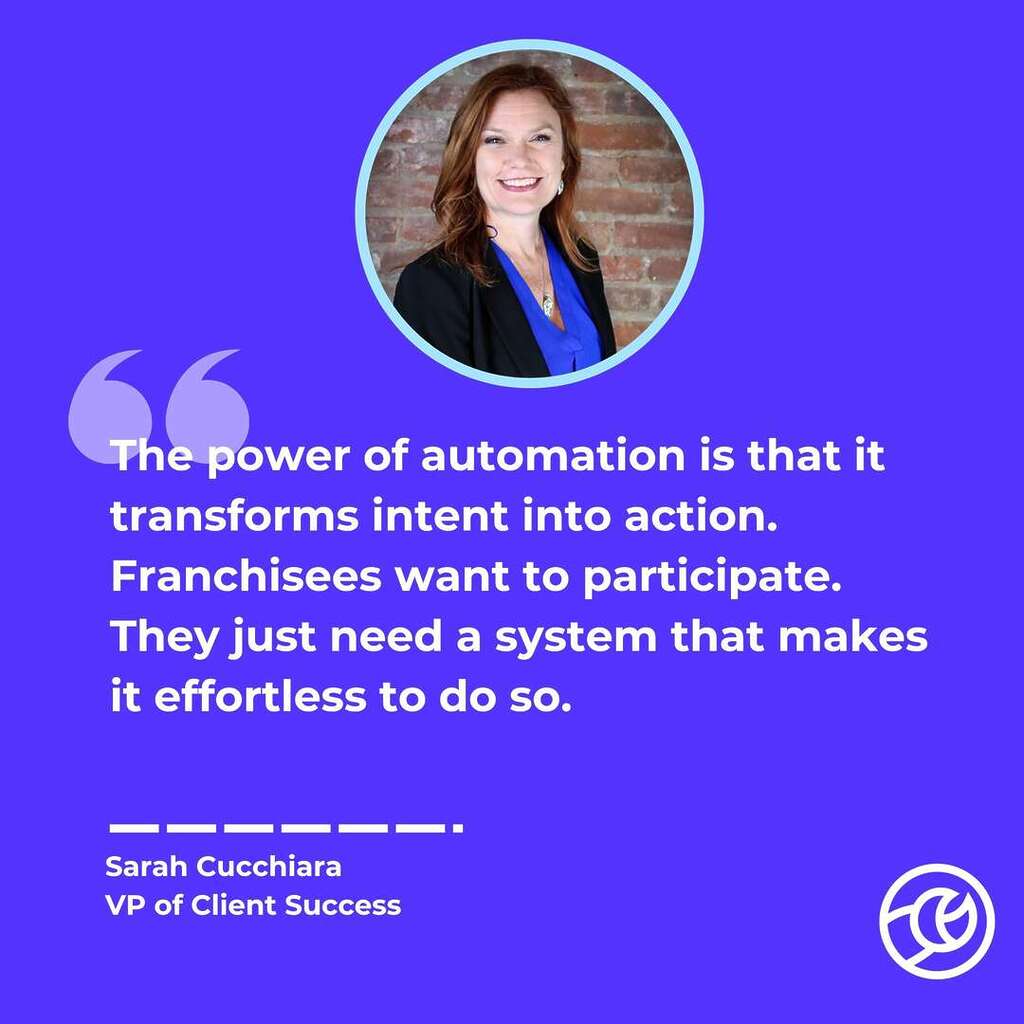
AI orchestration now coordinates thousands of concurrent local campaigns, reallocates spend based on performance, and optimizes creative in real time. Marketing stops feeling like a burden. It becomes brand support, a way for every franchisee to show up locally with confidence.
What the Data Shows
QSR brands that localize their advertising outperform those that rely solely on national campaigns. A 2025 Single Grain study found geo-targeted campaigns deliver 22% to 40% higher engagement than national creative. BIA Advisory Services projects location-based digital advertising will capture more than 50% of all U.S. local ad revenue in 2026.
Success also shows up in trust. When franchisees see real-time results in a dashboard with impressions, clicks, and purchases, they gain faith in the system. Transparency builds advocacy. Franchisees with access to automated local ad programs are 2.5 times more likely to reinvest their own dollars in future campaigns.
During inflation, these efficiencies matter even more. Brands that enabled franchisees to run localized social ads for as little as $1 a day on Facebook and Instagram maintained visibility without increasing budgets. The proof isn’t just performance. It’s participation.
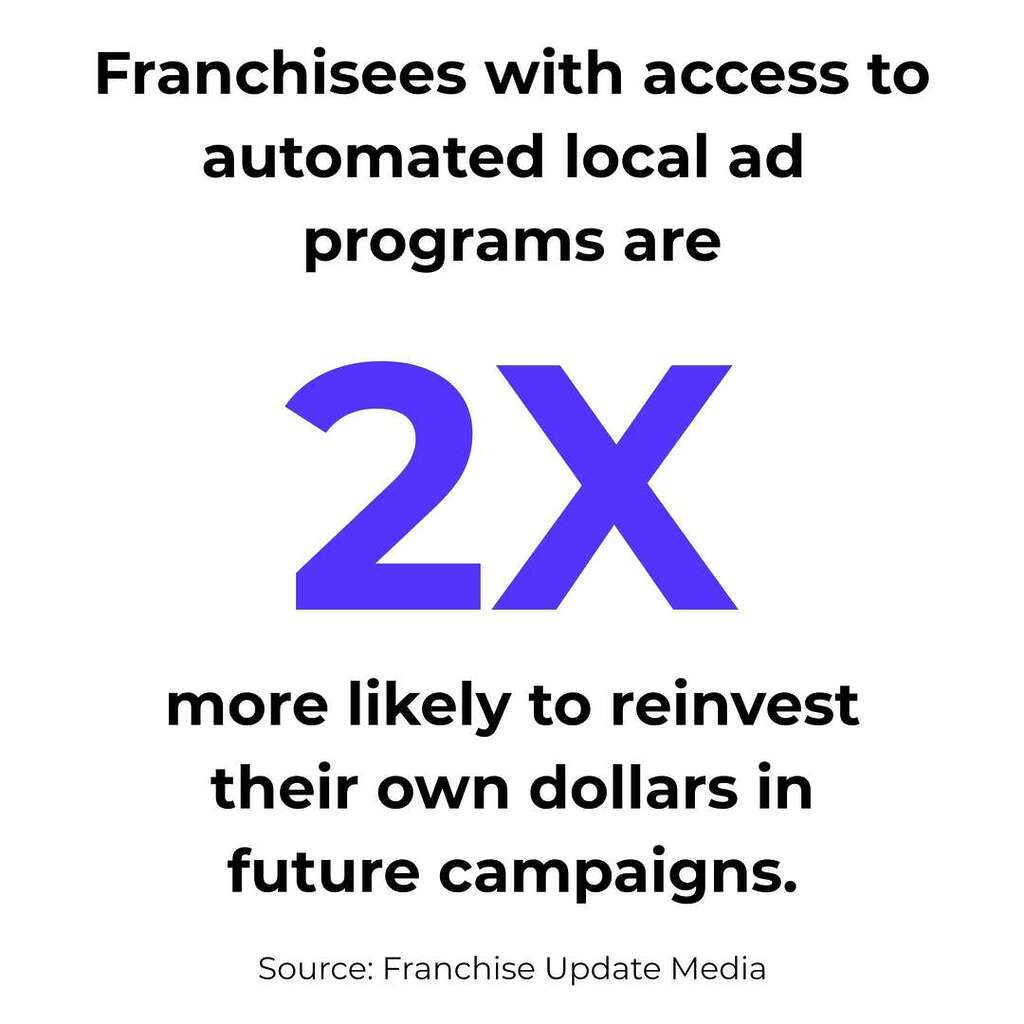
Where This Goes Next
The next phase merges predictive intelligence with hyperlocal relevance.
Generative AI and machine learning help QSR marketers forecast performance based on national and regional campaign data. The real breakthrough comes at the local level, where the data gets granular. How do combo-meal preferences differ between Cleveland and Chicago? Which limited-time offers resonate in one market versus another five miles away? AI reveals patterns invisible at the regional view.
Participation grows when franchisees feel represented in campaigns. AI automation supports this by allowing offers, CTAs, and copy to adapt to each market’s realities while preserving brand integrity. A restaurant can reference the local high school team in creative. Another can adjust coupon values to match competitive pricing in that ZIP code. These details appear where they belong through intelligent layering that maintains compliance, freeing franchisees from tedious manual updates.
AI makes the repetitive tasks lighter, so the human connection can come through stronger.
As Bob Govia, VP of Product at Tiger Pistol, puts it, “Local advertising has become a living network. Each campaign informs the next, and every franchisee interaction teaches the brand how to communicate more effectively.”
The brands that win in 2026 will treat local advertising as collaboration, not delegation. QSR systems will function as intelligent ecosystems where every ad, every insight, every local action strengthens the whole.
Your 2026 Roadmap
Start Now: Audit current tools and creative assets. Identify what slows franchisee activation and where compliance friction exists.
Q2
Pilot AI-powered automation in a subset of markets. Measure creative speed, participation rate, and local performance.
Q3
Scale across the network. Expand to multi-channel activation on Facebook, Instagram, TikTok, and Google.
Q4
Integrate predictive analytics. Feed campaign data back into creative and budget planning for 2027.
Progress shows up in adoption. The goal is 100% franchisee participation in local campaigns, achieved through simple, safe, and strategic systems.
The Identity Behind the Strategy
In QSR, local is identity. The work lies in activation. Diners choose restaurants based on proximity, value, and relevance. Growth happens community by community, purchase by purchase.
The challenge was turning belief into execution. AI and automation solved that. QSR marketers now face a different question, one of speed and commitment. How fast will they bring that power to their network? The brands that move first will define what QSR success looks like in 2026: intelligent, scalable, and unmistakably local.
.
Discover how Tiger Pistol can power your local advertising success
Key Insights
- Local advertising is the growth engine for QSRs. Value, convenience, and community connection now drive dining decisions more than national branding.
- AI has eliminated trade-offs between speed and control. Marketers can maintain brand integrity while adapting creative for every restaurant and audience.
- Ease drives engagement. Simplified, automated systems lead to higher franchisee participation and faster execution.
- Data builds confidence. Visibility into impressions, clicks, and purchases strengthens trust and reinvestment across the network.
- Predictive intelligence will define 2026. AI will identify regional patterns and help QSRs tailor creative, offers, and spend for each market.
- Local is identity. Every purchase reflects how successfully a brand connects with its community.
Questions Answered
Q1: How does AI make QSR advertising more efficient?
AI automates campaign setup, creative adaptation, targeting, and optimization, reducing manual work while improving precision and ROI. Campaigns that once took days now launch in minutes.
Q2: Why should QSRs focus on local advertising instead of national campaigns?
Local campaigns connect where diners make decisions, on their phones, in their feeds, and within their communities. They deliver higher engagement and trust than broad national messaging.
Q3: How can franchisees participate without marketing expertise?
Through user-friendly platforms that provide brand-approved templates, pre-set targeting, and automated optimization. Franchisees simply select a campaign, personalize the offer, and publish.
Q4: How can QSR marketers measure success?
Dashboards showing impressions, clicks, and purchases provide transparency. These insights guide future creative and budgeting, driving smarter, data-informed marketing.
Learn More About Local Advertising
Tiger Pistol Launches 2026 Planning Guides to Define the Next Era of Local Advertising
New Industry Roadmaps Reveal How AI and Automation Are Rewriting the Rules of Local Growth for Franchises, Multi-
Best Version Media Selects Tiger Pistol to Power Scalable Social Advertising for SMB Clients
Two-year agreement enables BVM to streamline fulfillment, automate local campaigns, and deliver exceptional resul
What SMBs Want – And How Local Advertising Automation Delivers It
Small businesses have clear goals: save time, drive growth, and stay connected to their customers. According to i


